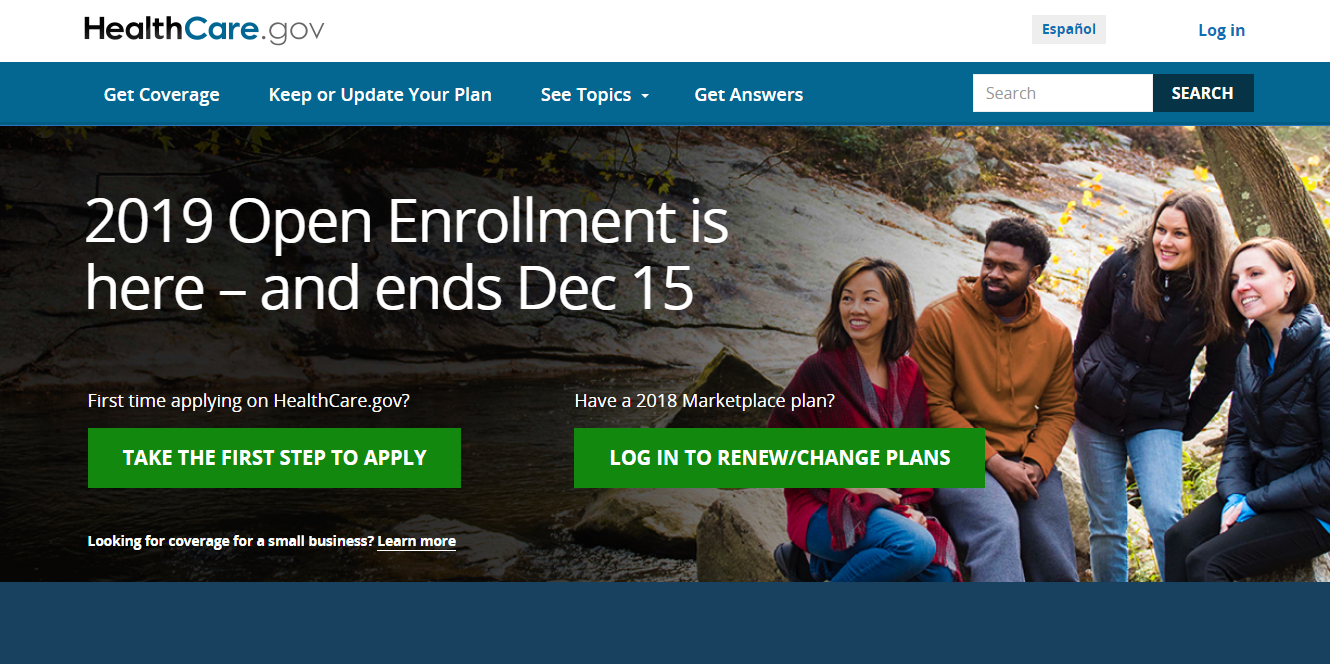Enrollment is down sharply on the federal health insurance marketplace this fall, and the consumer assistance groups that help with sign-ups think they know why.
They don’t have the staff to help as many customers as before because the Trump administration slashed funding. The federal government is spending $10 million this year on navigators who help individuals enroll in coverage. The government spent $36 million in 2017 and $63 million in 2016.
“We don’t have the people to provide the enrollment assistance nor to do the outreach and marketing to let people know what’s happening,” said Jodi Ray at the University of South Florida, who has overseen Florida’s largest navigator program since 2014.
Ray’s program received $1.2 million in federal funding this year, down from $5 million a year ago. Florida leads the nation in enrollment in the Affordable Care Act marketplace plans.
With less money, Ray can afford to pay only 59 navigators across the state this year, down from 152 a year ago. With fewer navigators, much of the group’s counseling is done by phone instead of in person. That complicates their job, she said, because it is much easier to talk with and show marketplace customers in person when looking at dozens of health plans with different costs and benefits.
Open enrollment in the Obamacare plans began Nov. 1 and will run until Dec. 15 for the 39 states covered by the federal exchange, healthcare.gov. The other exchanges — run by states — typically extend until the end of December or into January.
Obamacare plans are for people without workplace or government coverage.
Nationwide, navigator groups are scrambling to make up for the loss of federal funding to ensure they can help people make sense of their health insurance options.
In South Carolina, the Palmetto Project has transformed into the state’s first nonprofit insurance agency. Several of its former federally funded navigators are now licensed insurance agents. In their new role, they get paid a commission on their sales and don’t have to follow Trump administration rules that encourage navigators to talk to customers about short-term plans with limited benefits. The agents can also help customers enroll in Medicaid, Medicare and off-exchange plans.
The Community Council of Greater Dallas, which was funded last year to help with enrollment in 56 counties, has raised money from private donors to continue serving seven counties around Dallas. But it has 25 fewer navigators, so consumers seeking help must wait three days on average, compared with less than a day last year. Across Texas, 211 of 254 counties have no federally paid navigators.
In Wisconsin, the organization Covering Wisconsin has raised millions of dollars from cities, counties and local United Way chapters, as well as the state Medicaid agency, to make up for the federal cuts. Even still, it will be able to provide in-person assistance in only eight counties around Milwaukee and Madison. Twenty other counties are served by telephone.
The Kansas Association for the Medically Underserved is relying totally on volunteers to help consumers with in-person and telephone assistance. In the past year, the association was able to use government funding to pay about 20 navigators.
Nationally, nearly 800 counties served by the federal marketplace will not have any federally funded navigators this fall — up from 127 counties in 2016, according to the Kaiser Family Foundation. (KHN is an editorially independent program of the foundation.)
Federal officials said they were not providing funds for navigators in Iowa, Montana or New Hampshire because no organizations applied in those states.
Nearly 12 million people across the country — including nearly 9 million on the federal exchange — enrolled in Obamacare plans for 2018.
At the halfway point in the six-week enrollment period, 2.4 million people chose a plan for the 2019 coverage year on healthcare.gov, the federal health insurance exchange, according to data released Wednesday by the federal Centers for Medicare & Medicaid Services. That compares with nearly 2.8 million consumers who selected their coverage through the exchange during the first 25 days last year.
Among states with the largest enrollment drops: Pennsylvania (down 25 percent from last year), Missouri (down 25 percent) and Ohio (down 20 percent).
The annual enrollment tally is being closely followed in part because 2019 marks the first year since the marketplace plans began in 2014 that Americans won’t be fined for failing to have coverage.
But consumer experts think the lack of navigator funding could end up having a bigger impact on enrollment. Caroline Gómez-Tom, navigator program manager of Covering Wisconsin, said the end of the so-called individual mandate penalty has been a “non-issue” among people seeking coverage.
“Some folks mention it, but at the end of the day they still walk away with health coverage,” she said. “The ability to have coverage at affordable prices outweighs the penalty being gone because people still see health care insurance as important to have.”
Consumers generally have a greater choice of plans for 2019 as more companies enter the individual market and existing plans expand service areas. Plus, premiums are dropping in some areas, and where they are rising the rate of increase is among the lowest in several years.
Katrina McGivern, director of policy and public affairs for the Kansas Association for the Medically Underserved, said people in rural areas of the state will have the most difficulty getting help as a result of funding cuts.
After five years of experience, she said, she is hopeful that people are figuring out how to do it on their own. Still, she added, there are always “people who need assistance to get through it.”
Kaiser Health News (KHN) is a national health policy news service. It is an editorially independent program of the Henry J. Kaiser Family Foundation which is not affiliated with Kaiser Permanente.

